Why did the rose shed its leaves and what to do?
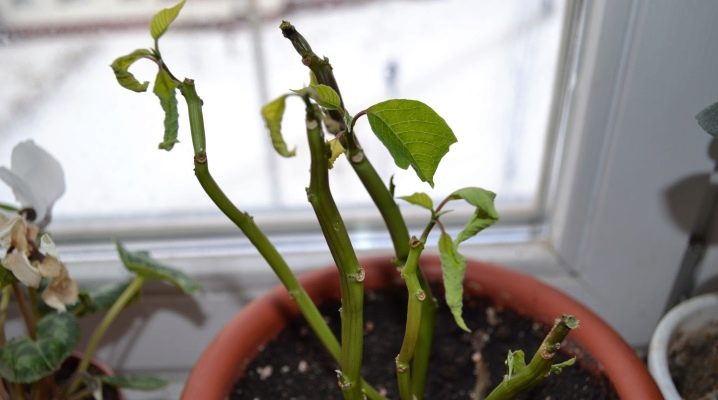
The fall of the foliage in the plant is generally considered a natural process, which indicates the aging of the rose shrub. However, sometimes this can be observed in young plants grown at home or on the street, which indicates the occurrence of some kind of problem: errors in care or disease. Why a rose sheds its leaves, and how to deal with it, we will tell in our article.
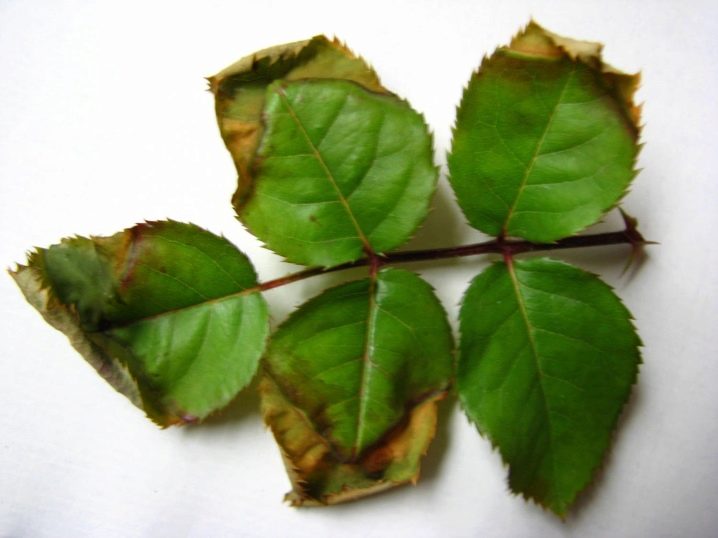
Bad conditions
One of the reasons why the rose has dropped its leaves is the conditions that are unsuitable for growing this flower. Most often, the cause of all problems lies in the wrong location of this plant. So, if a rose bush grows outdoors in an open field in a shaded place, then its foliage, which lacks sunlight, will begin to turn yellow and fall off. The lower leaves are especially affected in such cases.
The same will happen with the flower that, after the purchase, was located on the windowsill, the window of which faces the north side. In both cases, the leaves turn yellow and fall off, because they lack sunlight, which contributes to the full flow of the photosynthesis process.
As a rule, in this case, the plant stops producing leaves altogether, and if they do appear, they usually look small and faded.
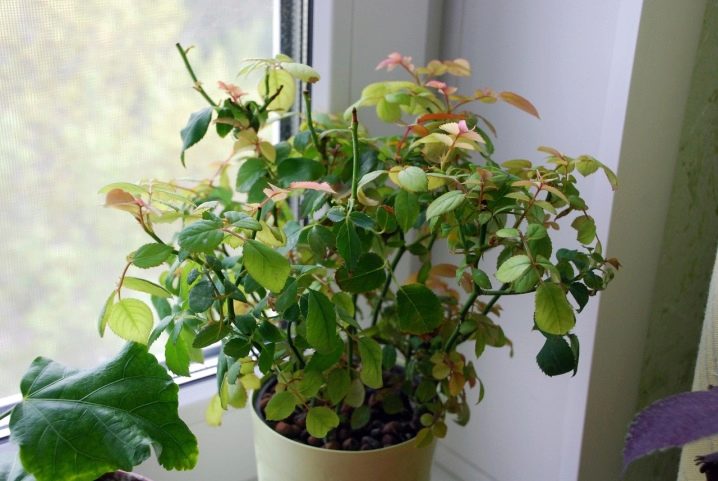
Often the reason why a garden or indoor rose sheds leaves is dry air, which is especially characteristic of hot summers. - usually the peak of the heat occurs in July or at the very end of August. To compensate for the lack of moisture, a container filled with water can be placed next to the plant. In addition, it is perfectly acceptable to use a spray bottle, which is recommended at least once a week, depending on the weather and climate.
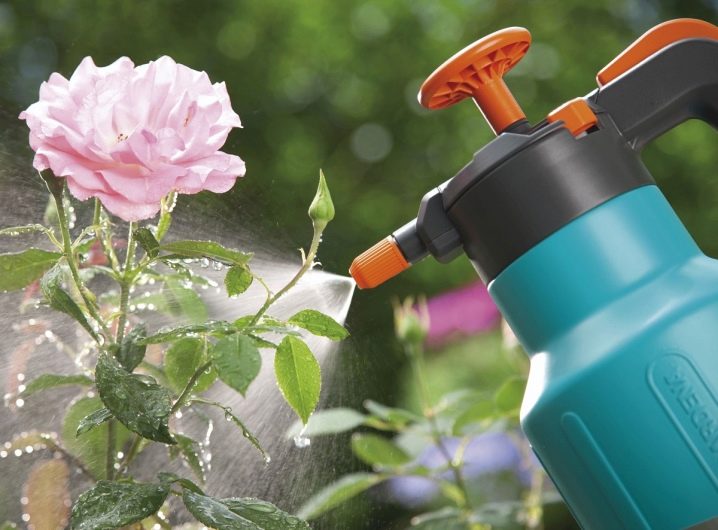
Improper care
Improper care can also be the reason why the leaves of a house and street rose fly around. Often the problem lies in insufficiently fertile soil. To recognize exactly which elements the plant lacks, you need to carefully assess its condition.
So, pale leaves that crumble and fall off indicate a nitrogen deficiency. With a lack of potassium, mainly old foliage suffers, which at first turns yellow almost completely, with the exception of veins.
Having determined what element the flower is missing, feed it if you do not want only the stems left from the ornamental shrub.
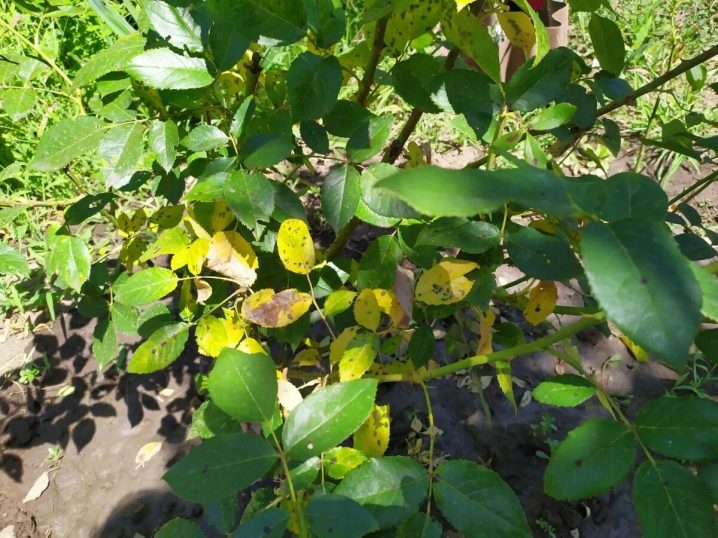
Transplanting at the wrong time can also cause the leaves to fall off. This phenomenon can be explained by the fact that the plant simply did not have time to adapt to new conditions. To prevent this from happening, it is recommended to transplant the culture at the end of winter or at the very beginning of spring, when the flower has not yet had time to awaken.
It is also worth protecting the plant during flowering and at other stages of its development from cold weather. This can be done through the use of special protective shelters. A similar problem can affect indoor roses grown in a pot, however, drafts will be more destructive for them, which are also recommended to be avoided in order to prevent problems with foliage.
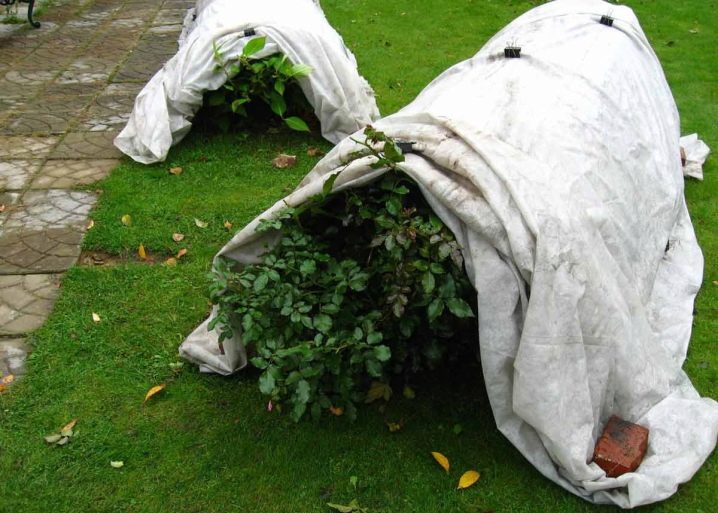
Treatment of diseases
If the leaves of the plant dry up and fall off, then this may also indicate the presence of a certain disease in the bush. If the bush is really sick, then it needs to be quickly treated. Without timely and high-quality treatment, it simply disappears, and in the worst case, it also infects neighboring plantings.
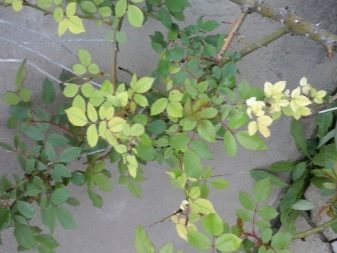
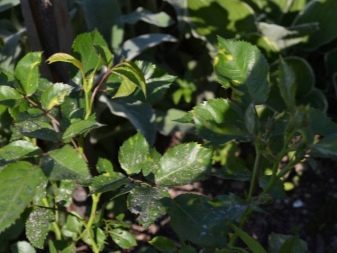
Black spot
Black spot is a fungal disease that almost all gardeners have to fight with, without exception. This disease can occur under conditions of elevated temperature and high levels of humidity, with poor air circulation, as well as with calcium deficiency.
The onset of this disease can be determined by a number of symptoms. So, the rose ceases to fully grow and develop, dark spots appear on some of its parts, which become larger over time, and they themselves grow, increasing in size. First of all, the lower part of the bush begins to suffer, so the disease may not be noticed right away. However, over time, it also passes to the upper parts of the bush.
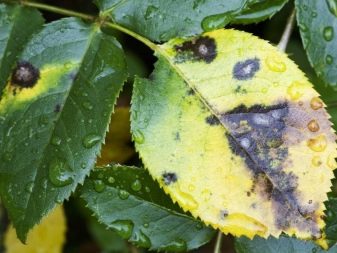
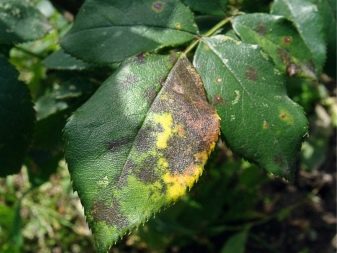
The leaves that were affected begin to turn yellow, curl and crumble, the bushes themselves thin out, and the number of flowers decreases.
To eliminate this disease, first of all, it is necessary to remove all the affected areas, after which it is required to resort to the help of special fungicidal preparations. For this, such products as Bordeaux liquid, Topaz and Ridomil Gold are perfect.
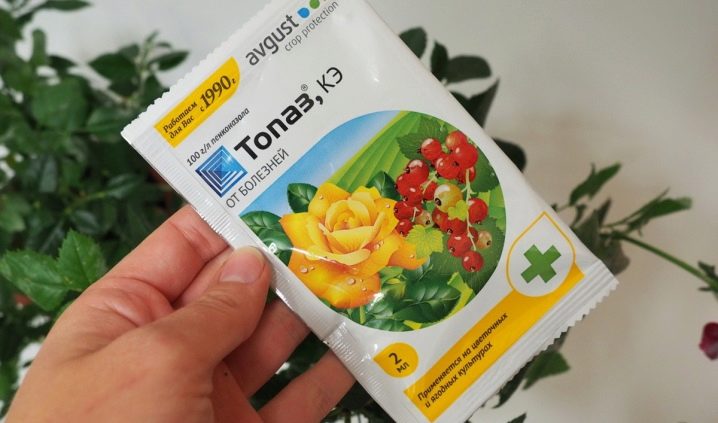
Rust
Rust is another common fungal disease that even a beginner in gardening can recognize. The characteristic features of this disease are yellowish specks that appear on the back of the leaf blade. It can be difficult to spot them in time due to their location. However, after a while, the fungal mycelium sprouts and appears on the other side of the leaf blade, while the yellow dots begin to grow in the meantime and outwardly resemble orange islets. In this case, not only the leaves of the pink growth are affected, but also the stems, and later the pedicels, along with the buds, which simply do not open under the influence of the disease.

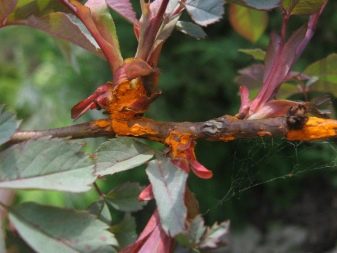
As a result, the bush loses its beauty. The disease inhibits the process of photosynthesis, draws nutrients from the plant, because of which it weakens, fades and sheds foliage.
It is possible to save plants from this fungal disease. To begin with, it is worth eliminating all the affected areas, after which it is required to resort to the use of chemicals. For this, such products as "Strobi", "Topaz", Bordeaux liquid, "Hom" or iron vitriol are perfect. It is allowed to combine the use of these drugs with the processing of folk remedies. In addition, it is recommended to eliminate the topsoil around the diseased plant, because fungal spores can successfully winter there too.

Powdery mildew
Another fungal disease characteristic of rose bushes, which occurs in conditions of high humidity, sharp temperature jumps, with an excess of nitrogen, as well as with an excess or lack of water. In addition, the plant can become infected from non-disinfected garden tools and harmful insects that carry the fungus.
At first, the disease provokes the appearance of a whitish plaque, which is easily erased with a finger. Because of this, beginners in gardening often miss the first stage of the development of this disease, ignoring the plaque that has appeared.
Plaque subsequently forms again, and it becomes much more, it captures more and more of the area of the decorative flower.
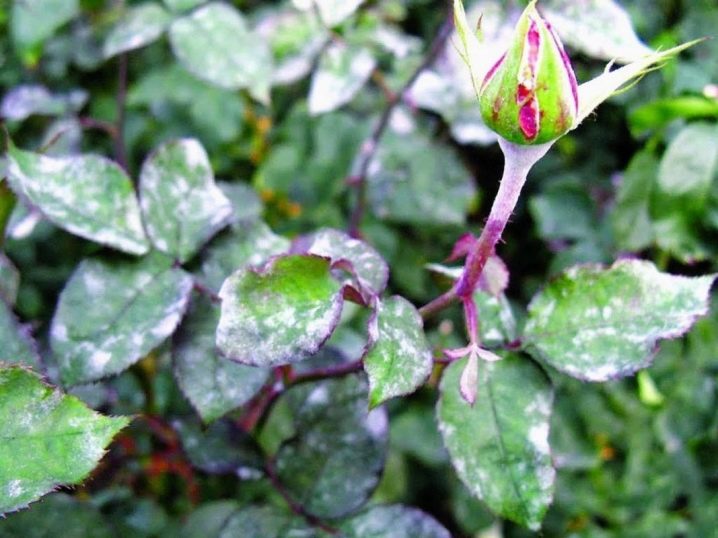
It interferes with the full flow of the process of photosynthesis, which does not in the best way affect the state of the culture: the plant stops growing and development, fades, does not open the buds, sheds foliage, ceasing to accumulate nutrients.
To combat this disease, it is imperative to eliminate all affected areas in order to stop the spread of the fungus.After that, you need to use fungicidal preparations, paying special attention to the cutting sites during processing. To make the fight against the disease more effective, it would be best to use tools such as Bayleton, Quadris, Raek, Skor and Tilt. You can read the rules for their use in the instructions, which are usually located on the packaging.
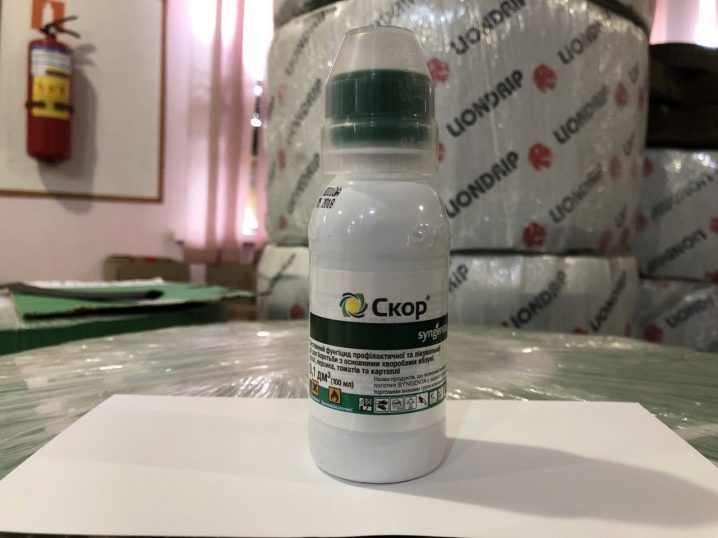
Other
Rose and downy mildew, also known as downy mildew, are common. In general, the symptoms of this disease are similar to those of powdery mildew. The only difference is that plaque in case of peronosporosis is formed from the lower part of the leaf, which makes it somewhat more difficult to notice the symptoms immediately. Fighting this fungal disease is necessary in the same way as with ordinary powdery mildew.
Often attacks pink shrubs and septoria, which also causes leaf fall.
It is possible to determine the presence of this disease in a plant by light grayish specks with brownish edging, which grow over time. At the same time, the plant begins to develop worse, does not tolerate winter time well and sheds its leaves. This disease can easily be started, because of which the bush will simply die in the end. It is necessary to treat it with the help of fungicidal agents, but they will have to be used not once, but systematically.
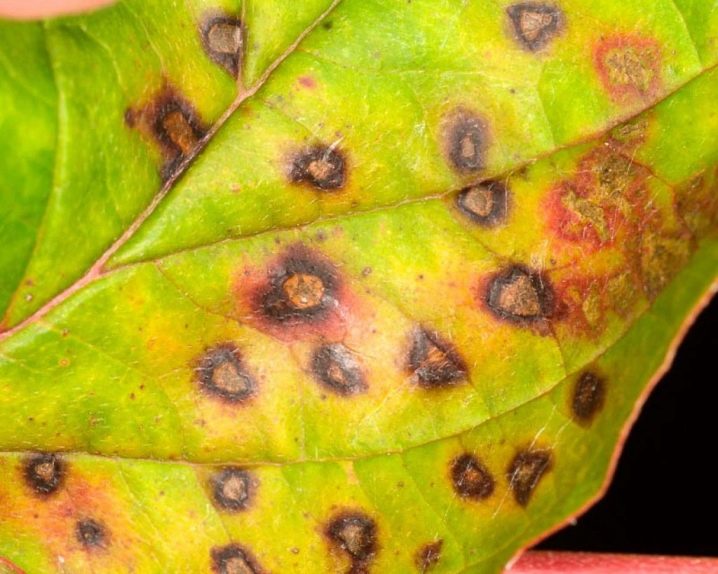
Prevention measures
Compliance with preventive measures allows you to avoid many problems or get rid of them in the initial stages and save the flower.
- To begin with, it is recommended to regularly examine the leaves of roses in order to identify the symptoms of the disease, if any. Having found them, the diseased areas must be removed, and the planting itself must be well treated with fungicides.
- Do not forget about high-quality care, because it is he who allows you to strengthen the plant's immunity and prevent the occurrence of many problems.
- Be sure to remove old foliage from the site, because fungus and insect larvae often hibernate under it. Having successfully survived the cold, they make themselves felt when warm weather sets in the street and begin to besiege the bush.
- Be sure to ventilate the greenhouse if your plants are grown there, and do not allow the plantings to thicken, otherwise all the necessary conditions will appear for the development of the fungus, which is fraught with the death of roses.


































































































The comment was sent successfully.